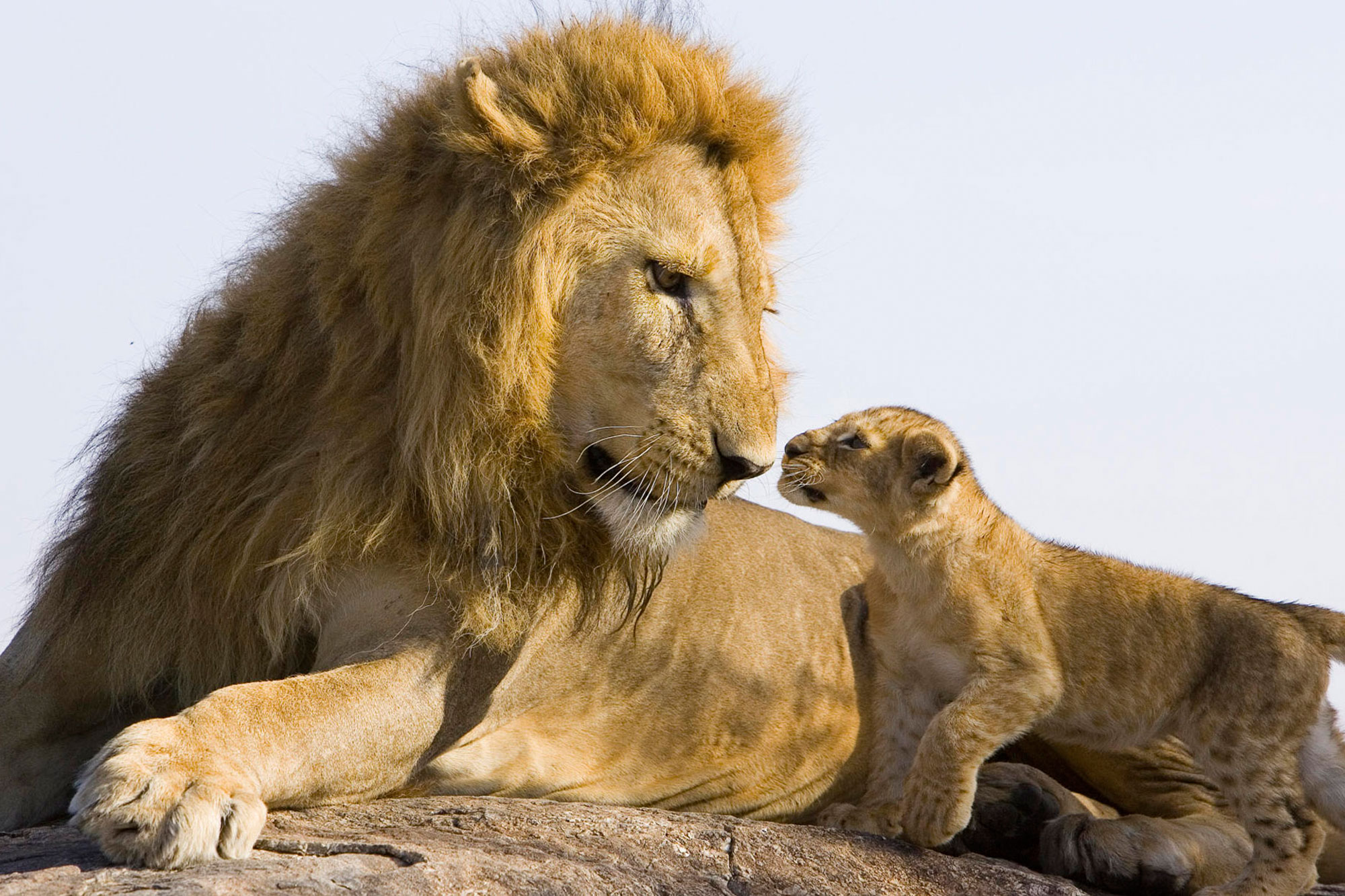Commenting on the BBC’s new flagship wildlife documentary series, Dynasties, DICE’s Professor Keith Somerville says: “The problem with most wildlife documentaries now is that they give a narrow or distorted view of issues surrounding wildlife and habitat loss.
“The Dynasty series sets out, according to the BBC’s own description to, ‘Follow the true stories of five of the world’s most celebrated, yet endangered, animals: penguins, chimpanzees, lions, painted wolves and tigers. Each in a heroic struggle against rivals and against the forces of nature, these families fight for their own survival and for the future of their dynasties.’
“It has already gained media coverage when the crew revealed they intervened to save penguins from being trapped in a snow and ice-filled gully – breaking what used to be a cardinal rule of wildlife filming that you don’t interfere with nature. This week’s episode, about lions in the Maasai Mara of Kenya, did not show that sort of intervention by the filming team but didn’t entirely stick to the strict idea of true stories, as the script read by David Attenborough was full of embroidery and misleading explanations whose purpose seemed to be to build up jeopardy throughout each episode.
“This is a device used now consistently in wildlife documentaries. One of the producers of Big Cat Diary on the BBC told me that they storyboarded the programmes and, given that it went out at TV soap-opera time in the evening, always ended on a note of jeopardy to a lion, cheetah or leopard cub to get the audience tuning in for the next episode. This went alongside a massive dose of anthropormorphism, obvious in Dynasties, with lion prides presented as human-type families.
“In last night’s episode, we were told at the beginning that, after the departure of the pride males, there were only two adult hunters left in the pride and this was endangering their ability to kill prey, especially after one lioness was injured. But then it turned out that there are two three year-old males and a three year-old lioness also in the pride. In most prides, those two males would have been kicked out by the resident males at two years’ old and be self-sufficient as hunters. It also then becomes clear that the three year-old female is perfectly able to assist the older lioness to hunt.
“The heart-rending section involved the poisoning of the lions after they killed livestock belonging to Maasai herders illegally grazing in the reserve. It is undoubtedly an accurate reflection of what happens on a tragically regular basis, but there is no real context given or reference to the wider conservation and land-use problems that threaten lions and pastoralists in Kenya as rich, politically well-connected Kenyan business people fence off grassland outside the reserve traditionally used by wildlife and Maasai pastoralists.
“The problem with most wildlife documentaries now is that, while they may be beautifully filmed and fascinating to watch, they give a narrow or distorted view of issues surrounding wildlife and habitat loss. The long-term observer of the Mara lions and presenter of Big Cat Diary, Jonathan Scott, wrote in his book, Big Cat Man, that when he was presenting the programme, mention of examination of major conservation issues was forbidden as such weighty and potentially depressing problems would detract from the entertainment value. The BBC values of inform, educate and entertain seem to have come down to ‘entertain at all costs’ at the price of misinformation.”
Professor Keith Somerville is a member of DICE at the University of Kent. His book on human-lion coexistence and conflict is being published by Routledge in 2019. His study of the media coverage of the Cecil the Lion affair is available as a Kindle book on Amazon.

